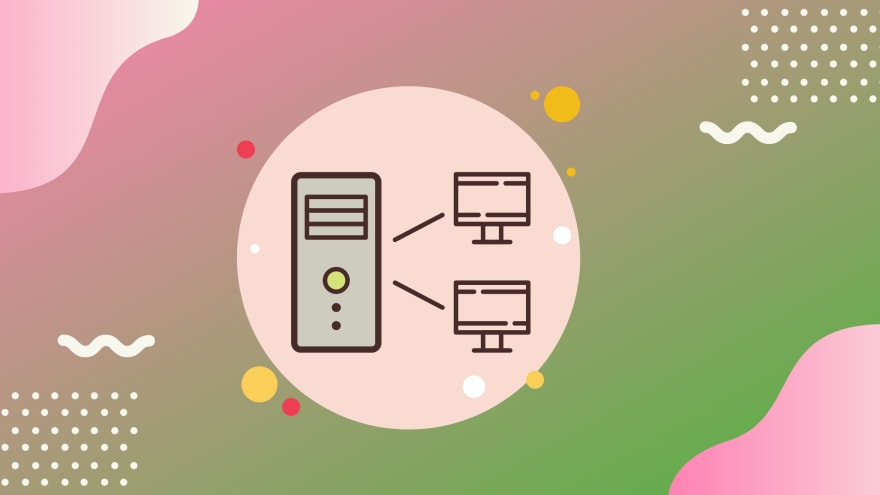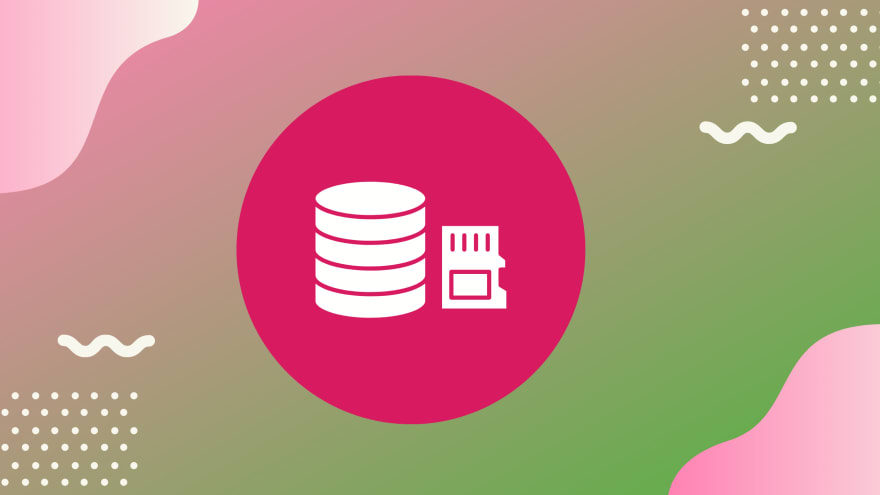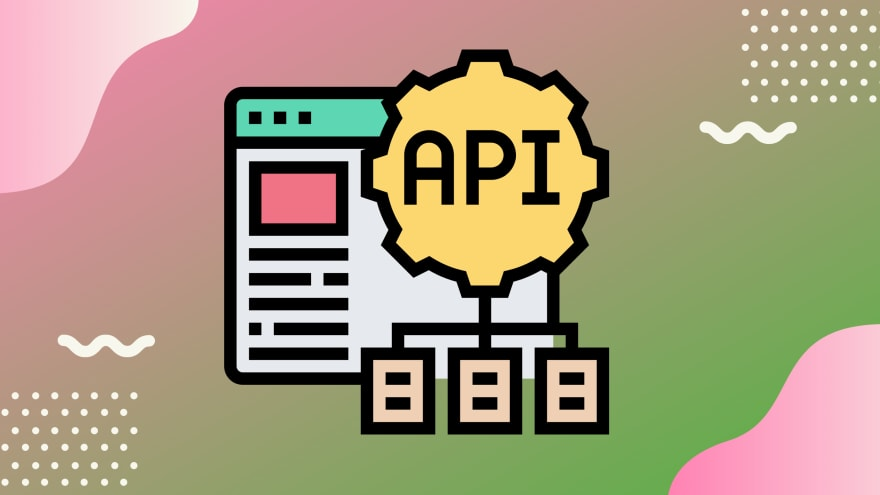Hey guys 👋🏻,
In this article, let us understand the roadmap that will help you in becoming a Backend Developer in 2021.
Every website that we build these days need a backend to manage the business logic of the application. To manage huge data for an application you need a database along with a API that makes the interaction between the client and the backend possible. Then there are other aspects to it that you need to care about when your application scales.

So without a further ado, let us first go over the technologies and skills that you need to succeed as a backend developer.
As a pre-requisite, you do need the knowledge of:
- Internet and How the Web Works
- Operating Systems
- Frontend Knowledge is a plus
- Some programming experience is also a plus though it can be learned along the way.
Needless to say if you want to succeed as a backend developer, you must have some programming knowledge under your belt. You do need to improve your coding skills if you are just getting started. For starters, getting familiar with the constructs of programming is important. A language like Java would be good to get you started with programming. You can also go for other languages like JavaScript, Ruby, Python etc.
Some of the prominent backend technologies are :



and more…
Next comes the knowledge of version control system, also called as VCS. Now this enables developers to collaborate and work on a project along with that it also also allows us to manage the versions by recording the snapshots of the project history and even allow us to backtrack if a wrong change was committed. This way it limits the risk of errors and provides an efficient workflow to collaborate on projects.
For backend development, you can use the following version control systems.

Database
Next you need the knowledge of a database :

A database as we know is an organized collection of data which can be structured or unstructured. The database caters to the storage aspect of our application. So it is responsible for storing the data of our application. We can also make queries against our database and retrieve the data in the form that we need.
Knowledge of databases is very important and a must have if you want to succeed as a backend developer.
Backend developers either use relational or NoSQL databases. Some of them are as follows:
Relational Databases
- PostgreSQL
- MySQL
- MS SQL
- Oracle
- MariaDB
NoSQL Databases
- MongoDB
- RethinkDB
- DynamoDB
- CouchDB
- ArangoDB
- Neo4J
(to name a few)
Along with the knowledge of some of the databases described above, you will also need to be familiar with the basic database principles like :
ORMs, Transactions and Batches, ACID, Data Normalization, Indexing, Cursors etc.
APIs

APIs (Application Programming Interfaces) are a type of intermediate that allows services to communicate with one another. APIs are used by backend developers to connect different apps or services in order to give a better user experience on the frontend.
You should be aware of the following APIs:
If you want to learn about REST APIs in detail, I do have an article on same :

Caching
Caching is the process of storing copies of files in a cache, or temporary storage location, so that they can be accessed more quickly. So essentially it is a technique for storing a copy of a resource in a cache (temporary storage location) so it can be accessed quickly without any delays (basically for fast access). The main goal of caching is to improve data retrieval performance while reducing the need to contact the slow-to-process underlying storage layer.
Here is a list of caching techniques and tools you should be aware of.
- CDN
- Server Side
- Client-Side
- Redis
Testing
Backend Testing is a testing method that checks the server side or database of web applications or a software. Backend testing is also known as Database Testing. The data entered in the front end will be stored in the back-end database. Backend developers utilize the following testing methods:
- Integration Testing
- Unit Testing
- Functional Testing
I may cover more on Testing in a separate article.
Code Analysis Tools
Code analysis is the analysis of source code that is performed without actually executing programs. It involves the detection of vulnerabilities and functional errors in deployed or soon-to-be deployed software.
Some of the tools used for code analysis are:
- SonarLint
- JUnit
- JaCoCo
- PMD
- SonarQube
- Qualys
- Jenkins
Architectural Patterns
An architectural pattern is a reusable solution to repeated issues in software development within a given context. The following are some of the most regularly used architectural patterns:
- Monolithic
- SOA
- Microservices
- CQRS
- Event Sourcing
- Serverless
Message Broker
A message broker is a part of software that allows systems, apps, and services to communicate with one another. A message broker is a module that converts the server’s formal messaging protocol into the client’s formal messaging protocol (receiver). Here is a list of some of the message brokers.
- RabbitMQ
- Kafka
- Kinesis
- JBOSS messaging

Containerization is the packaging of software code with all required components, such as frameworks, libraries, and other dependencies, in order to create services that are isolated from one another in a container. Backend developers use containerization to make it easier to move or execute containers depending of their infrastructure or environment.
Docker is one of the most commonly used containers that you should learn.
Design Patterns
In software engineering, a design pattern is a general repeatable solution to a commonly occurring problem in software design. Design patterns are used to represent some of the best practices adapted by experienced object-oriented software developers. The following is a list of different design patterns that you should be familiar of.
- Singleton
- Factory
- Observer
- Decorator
- Adapter
- Mediator
- Composite
- Facade
- Iterator
- Proxy
WebHook
Webhooks are automated messages sent from apps when something happens. They have a message—or payload—and are sent to a unique URL—essentially the app’s phone number or address. Webhooks are almost always faster than polling, and require less work on your end.
They’re much like SMS notifications
A webhook, often known as a reverse API, is a method for an app to give real-time data to other apps. Webhooks, unlike APIs, do not require a request to be sent after a response. Instead, webhooks provide data as soon as it becomes available, without the need for a request or specific callbacks. The webhook’s fundamental characteristic makes it useful for both users and providers.
WebSocket
WebSockets is a next-generation bidirectional communication technology for web applications which operates over a single socket and is exposed via a JavaScript interface in HTML 5 compliant browsers.
The WebSocket API is a reducing technology that allows a two-way interactive communication session to be established between a user’s browser and a server. You can use this API to send messages to a server and obtain event-driven responses instead of asking the service. A WebSocket is a persistent link between a client and a server. It uses a TCP/IP socket connection to create a full-duplex, bi-directional communication channel over HTTP. Simply put, it’s a thin, lightweight layer over TCP that allows subprotocols to be used to lodge messages.
So this is it for this article. Thanks for reading.
If you enjoy my articles, consider following me on Twitter for more interesting stuff :

⚡Twitter : https://twitter.com/The_Nerdy_Dev
Don’t forget to leave a like if you loved the article. Also share it with your friends and colleagues.






![Understanding the Events Reactivity System of Node.js and The Event Emitter Class [video]](https://the-nerdy-dev.com/wp-content/uploads/2022/06/event-emitter-6853429-150x150.webp)
